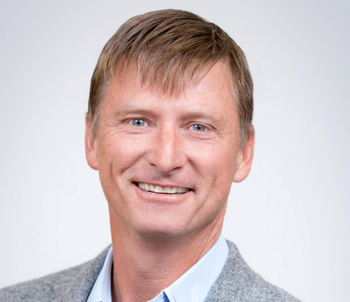
Shorter Rotations Decrease Physician Burnout by 41%, Study Finds
Shorter rotations also resulted in increased job fulfillment among critical care physicians.
Cutting the length of rotations in a medical intensive care unit from 14 days to seven days reduced physician burnout rates by as much as 41%, according to the findings of
Shorter rotations also resulted in increased job fulfillment among critical care physicians. Those who responded between clinical rotations reported 60% fulfillment and 25% burnout. Those surveyed on service reported 55% fulfillment and 41% burnout.
Physician burnout varied depending on the length of rotation from 20 to 61%. Fulfillment was the same, varying from 37 to 76%.
The Well-Being Index score lowered after a seven-day rotation compared to a traditional one, and burnout was more commonly associated with 14-day rotations.
“Our study shows that organizations can implement new strategies, such as shorter staffing rotations, that have a real impact on burnout rates and job fulfillment — both of which can be extremely influential to the shape and direction of ones’ career,”
Researchers from Penn Medicine launched a pilot in May 2018 to identify effective strategies to mitigate burnout and maximize fulfillment. The research team found high rates of burnout among critical care physicians at the end of 14-day rotations. The researchers tested a strategy proposed by the Critical Care Societies Collaborative that called for limiting the number of consecutive work days.
Critical care physic
ians from the Founders 9 medical intensive care unit at the Hospital of the University of Pennsylvania had the option of staying on their traditional 14-day rotation or changing to a seven-day rotation. Two other units only worked seven consecutive days, while a fourth unit worked a two-week rotation with one weekend off.
The research team administered more than 180 surveys to 29 physicians at different points throughout their rotations. This included on day seven of a 14-day rotation and between clinical rotations. Burnout and fulfillment varied by rotation and length.
The Founders 9 medical intensive care unit reported high levels of burnout (61%) and low fulfillment rates (47%). The unit has 24 beds and is staffed by two critical care physicians, fellows and internal medicine residents.
An eight-bed unit staffed by one critical care physician and two advanced practice providers who worked a seven-day rotation cited a 24% burnout and 76% fulfillment rates.
Surveys included the Stanford Professional Fulfillment Index, which is a 16-item tool to assess physicians’ fulfillment and burnout, and the Well-Being Index.
“Based on feedback from our critical care physicians, fellows and residents, we found the shorter rotations may have, in fact, led to better education, as faculty felt they could be more engaged and energetic,” said author Meeta Prasad Kerlin, M.D., associate fellowship program director in the pulmonary, allergy and critical care division at Perelman School of Medicine at the University of Pennsylvania.
The study authors noted that the findings suggest that fulfillment could be a more enduring state than burnout among critical care clinicians. Health systems should consider implementing and testing different ways to optimize well-being among their physicians.
Navigate the digital transformation with confidence.
Reduce Physician Burnout







































